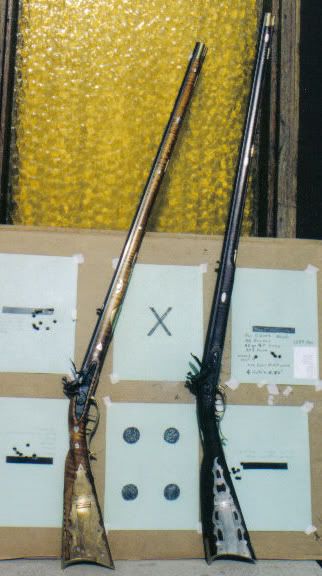I believe Manton used platnim vent liners on some of his flint fowlers in the late 1700s(no reference in sight, I may be off a few years, but it was early on). The plain hole in the flat works fine most of the time, at first. Then the hole starts to "burn out", making a larger and larger opening. Traditionally, a feather was placed in the badly eroded hole, during loading, to stop the flow of powder onto the ground. This was so common that most guns were fitted with a feather hole at the rear of the trigger guard when they were made. When the "burnout" got intolerable the smith could either rebreech the gun and set everything back a half inch and reset the barrel loops and wedges or pins, or drill the enlarged hole smooth, install a plug and drill a fresh vent.
If I were doing the work, or paying for it, I'd go with te vent plug, and probably have it all done as part of a barrel freshing.
Even today, I've built several guns where I drilled the vent in the barrel flat with the intent of installing a liner when it "burned out".







